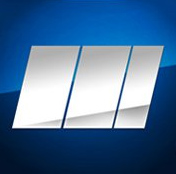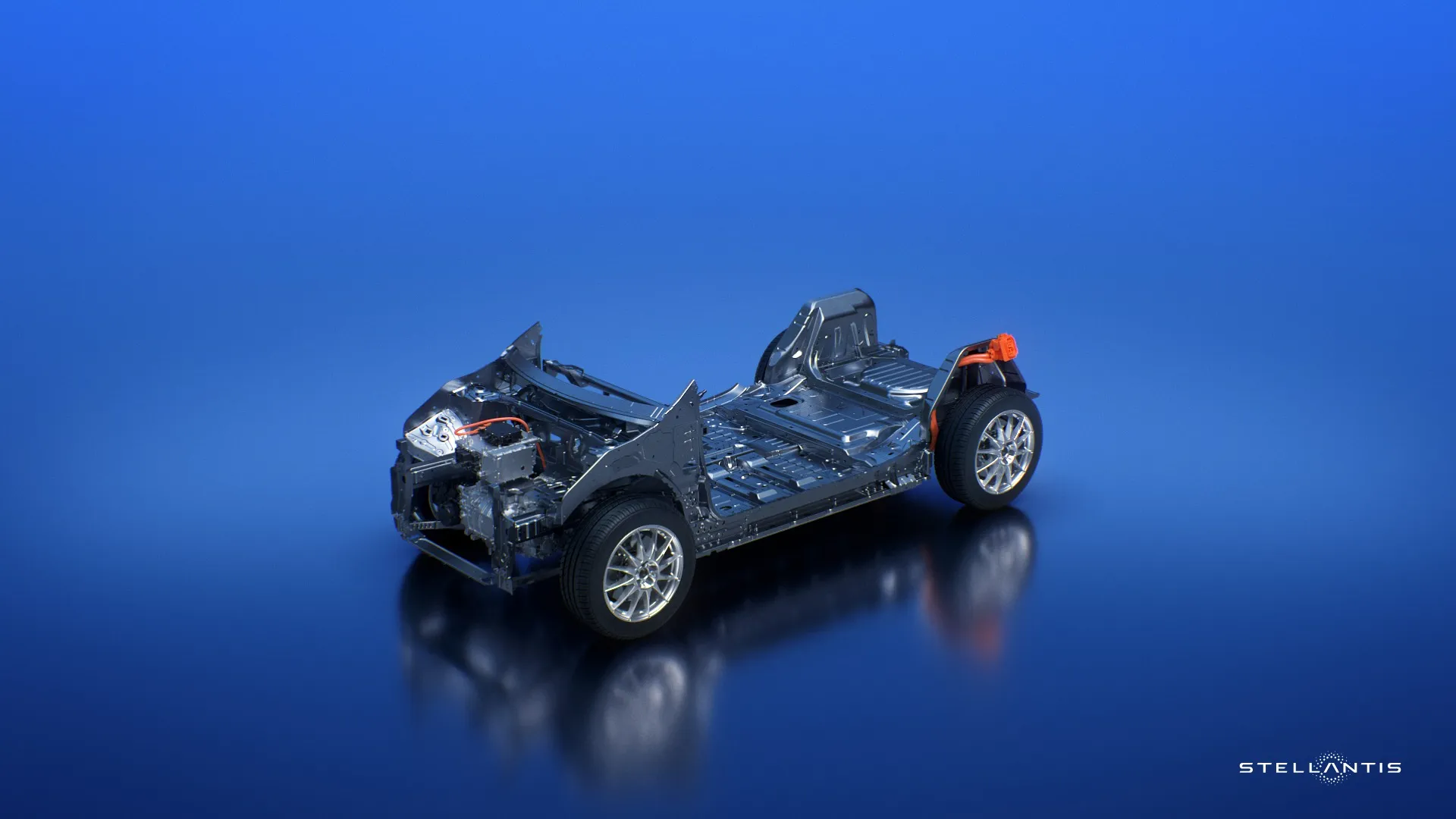The "quality problems" at this point are largely based on 'surveys of people too old to figure out how to cancel their consumer reports subscription" not "actual mechanical problems with the car"
If you look at actual real world warranty claims rates Tesla has the lowest rate (as a % of total sales) of any car maker selling in the west... slightly better than Toyota, and MUCH better than most other legacy selling EVs.
I had a mobile tech tell me that the eventual failure rate for the door handles on the Model S is 100%. He said I was lucky to make it 7 years without a failure.
The Buick I drove for 24 years before getting my Model S never had any latches on the car fail until the last year I had it. The automatic trunk release failed (the trunk latch itself was fine). I had to replace a number of parts that are ICE only: catalytic converter, alternator, and water pump as well as belts and hoses, but everything else was very reliable.
I've read stories of some people here who have had a lot of problems with their Teslas. Most of the bad problems the early Models Ss had have been fixed. Nobody talks about milling noises anymore and there is no longer a sunroof to leak. I've been lucky with my car. The trunk latch failed and the 12V battery died early, there were some paint problems on delivery but generally I've been lucky.
Before selling my Buick I did do a fit and finish comparison between the two cars. The panel gaps on the Tesla were wider and there were some odd fits like the windshield sticking out from the frame a bit whereas it was flush on the Buick.
Sandy Munro had a lot of both good and bad to say about Tesla. He thought the engineering was way beyond the rest of the car industry in many areas. The quality of the circuit boards was avionic grade and Tesla did many things that nobody in the rest of the car industry had ever thought of. But he was critical of Tesla's fit and finish. What he called dinosaur tech, metal bending. He said there Tesla was about on par with a mid-90s Kia.
He did take apart a Chinese made Tesla and found the fit and finish was better. The problems seem to be with the Fremont plant. There are lawsuits about racism there and the impacts on morale from those things might be affecting quality. The fact that Elon wouldn't see that wouldn't surprise me. He is oblivious to those sorts of soft skill type things.
Give workers the same tools and the same product to make, and in one make the work atmosphere a good one, and in the other make it toxic and compare the products coming off the line. The happy workplace will usually make a better product.
Paul O'Neil was GE Bush's first Treasury Secretary, but he had been in corporate management before that. He was credited with turning Alcoa around. I read his memoir years ago and it struck me how he operated. He said when he dealt with other corporate leaders he would watch how they dealt with their assistants. If they treated them with respect, the company was always well run and he always had an easy time working with them. If they treated their assistants like chattel, the company was always poorly run and he had a difficult time working with them.





